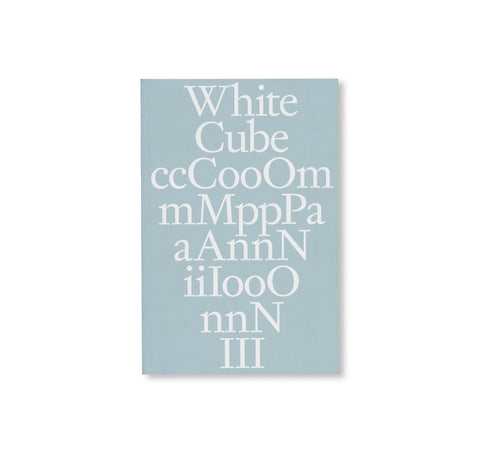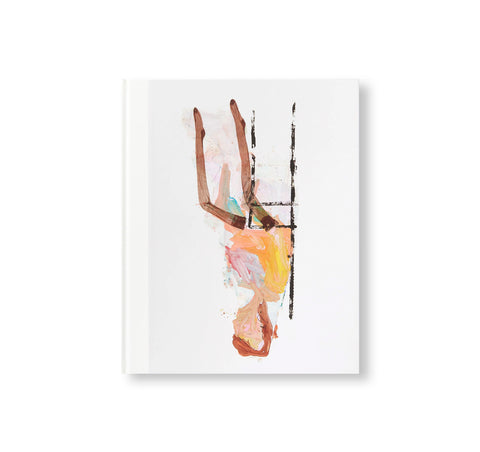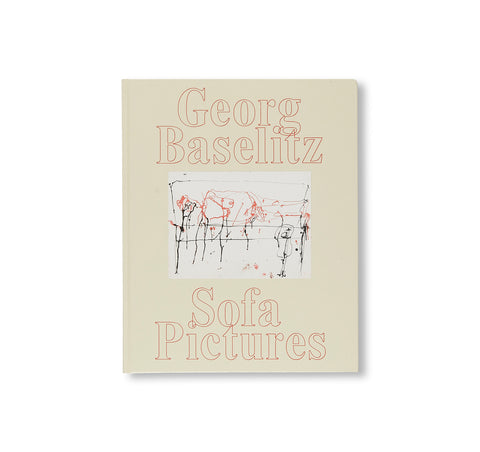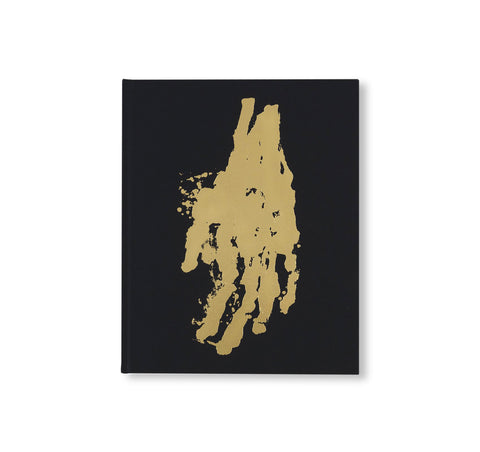PARSIFAL CONTAINER by Georg Baselitz, Alexander Kluge
ドイツ人アーティスト、ゲオルグ・バゼリッツ(Georg Baselitz)と、ドイツ人作家、哲学者、映画監督であるアレクサンダー・クルーゲ(Alexander Kluge)の作品集。本作『パルジファル』のモチーフに満ちた世界は、中世ドイツの詩人ヴォルフラム・フォン・エッシェンバッハ(Wolfram von Eschenbach)による騎士道の叙事詩『パルチヴァール』からヴィルヘルム・リヒャルト・ワーグナー(Wilhelm Richard Wagner)のオペラへと、あるいは愚か者としての騎士から救世主としての愚か者へと繋がっていく。ゲオルグ・バゼリッツのドローイングは、舞台美術を担当したバイエルン国立歌劇場で2018年に上演された『パルジファル』制作時のスケッチであり、モチーフにどのように照準を合わせ、キャラクターを視覚的に仕上げていくのかを見せる。本書において、コラボレーターであるアレクサンダー・クルーゲはバゼリッツのドローイングに呼応するように、『パルジファル』が本来持っていた知性、陽気な顔の騎士など、エッシェンバッハの叙事詩からいくつかの要素を抽出しストーリーに仕立て上げてゆく。その中で、中世のものごとが今も親和性を失っていないことなど、長い時間を超えた共鳴が明らかになってゆく。ドイツ人詩人であり中世ドイツを専門として研究するトリスタン・マーコートによるテキスト『パルジファル語彙目録抜粋』も収録。言葉の変容を観察することで、マーコートは我々が現在使っている言語が、エッシェンバッハの時代のものからその意味と音においてどれだけ変化したかを明らかにする。
Parsifal’s motivic world ranges from Wolfram von Eschenbach’s epic of chivalry to Richard Wagner’s opera: from the knight as fool to the fool as saviour. The drawings by Georg Baselitz are studies for a production of Parsifal at the Munich State Opera (2018). They show how the artist zeroes in on his motifs and elaborates a character visually. In this collaborative book, Alexander Kluge responds to Baselitz’s drawings with stories in which he filters out individual elements from Eschenbach’s epic, such as Parsifal’s native wit or the figure of the Knight of the Cheerful Countenance. The result is an ongoing communication conducted over long periods of time: aspects of the Middle Ages can be found in the present. The volume concludes with Tristan Marquardt’s text “Excerpts from a Parsifal Lexicon”. By examining the metamorphosis of words, he shows how far our contemporary language has diverged from Eschenbach’s in terms of meaning and sound.
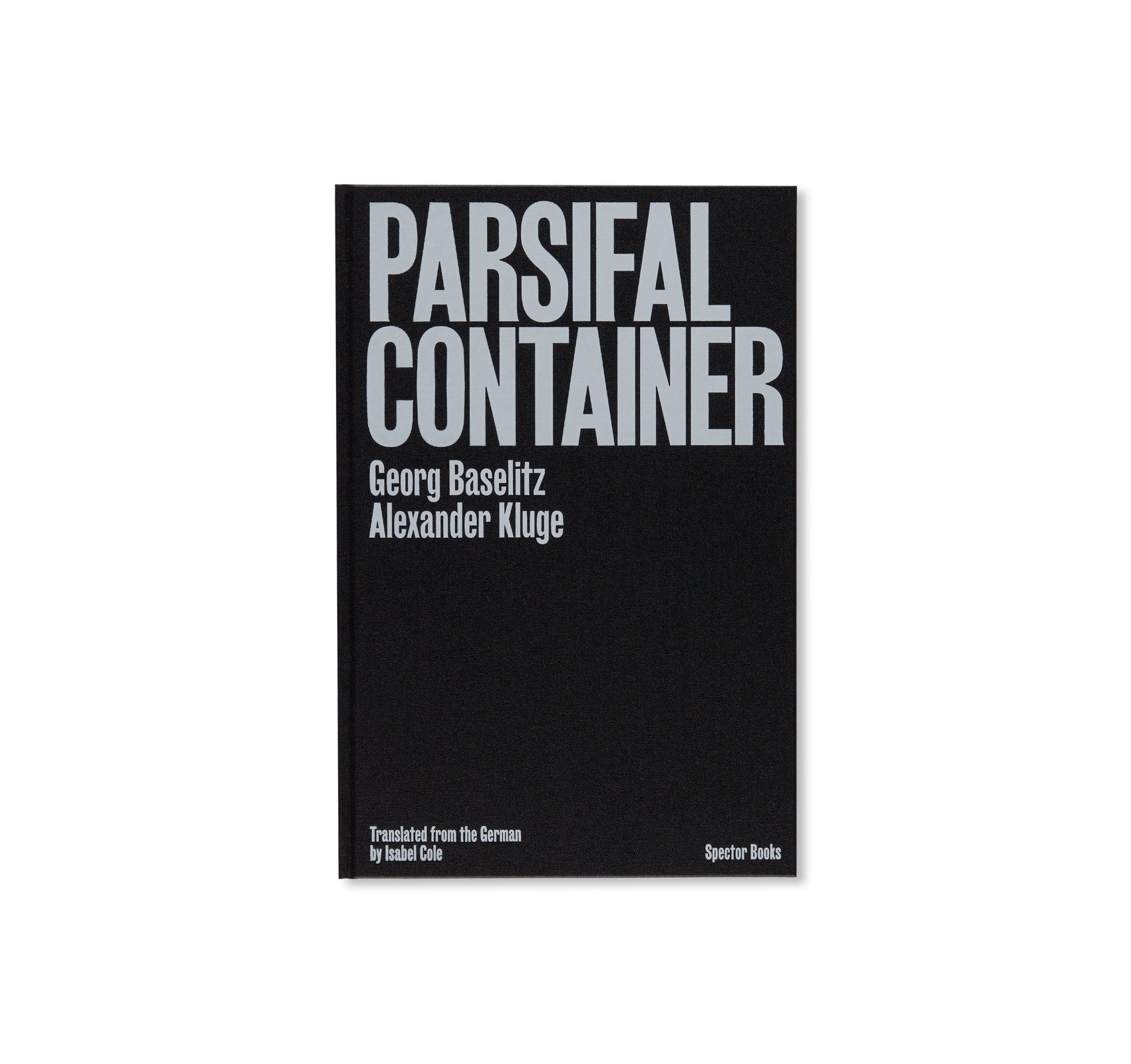

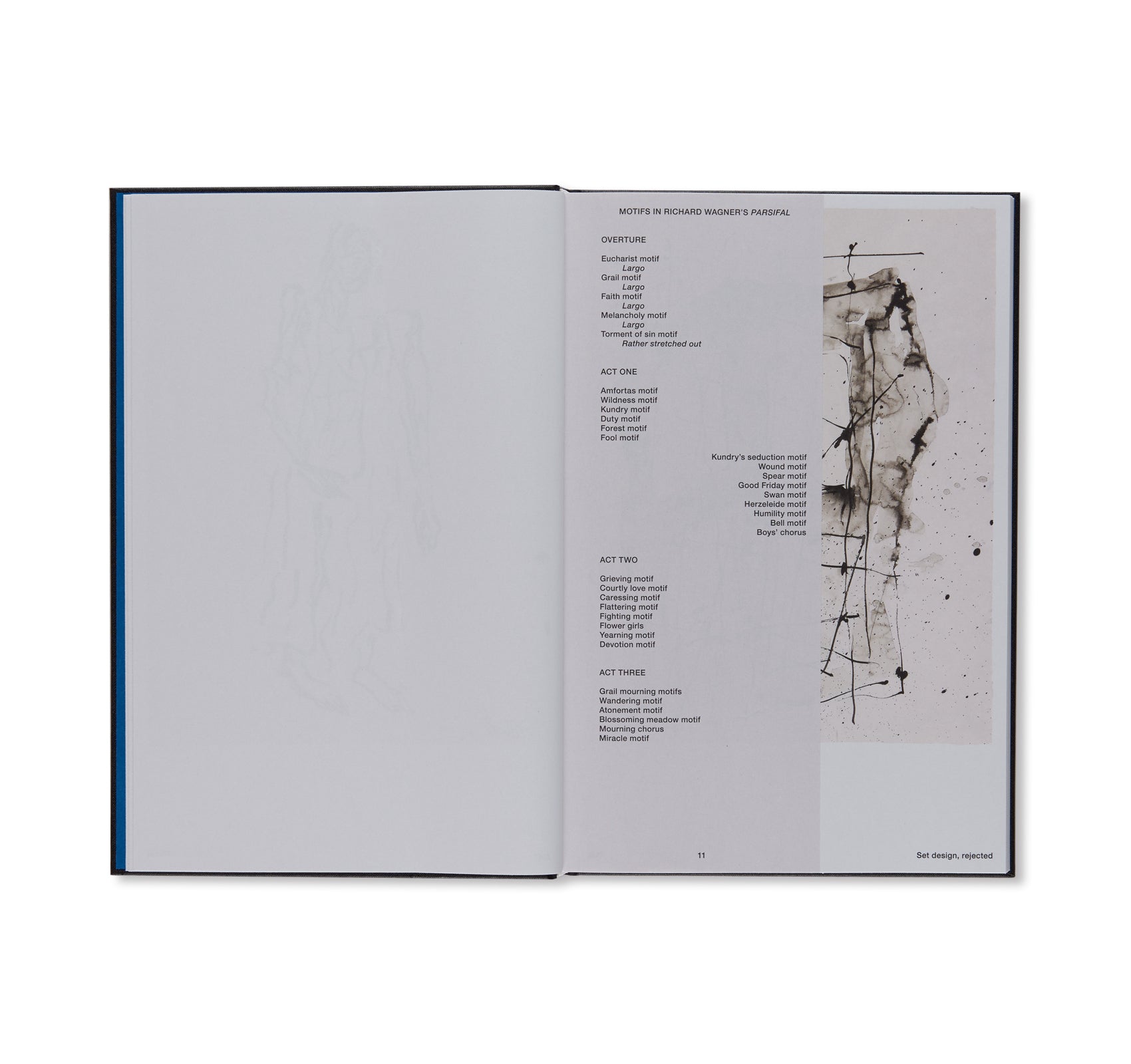
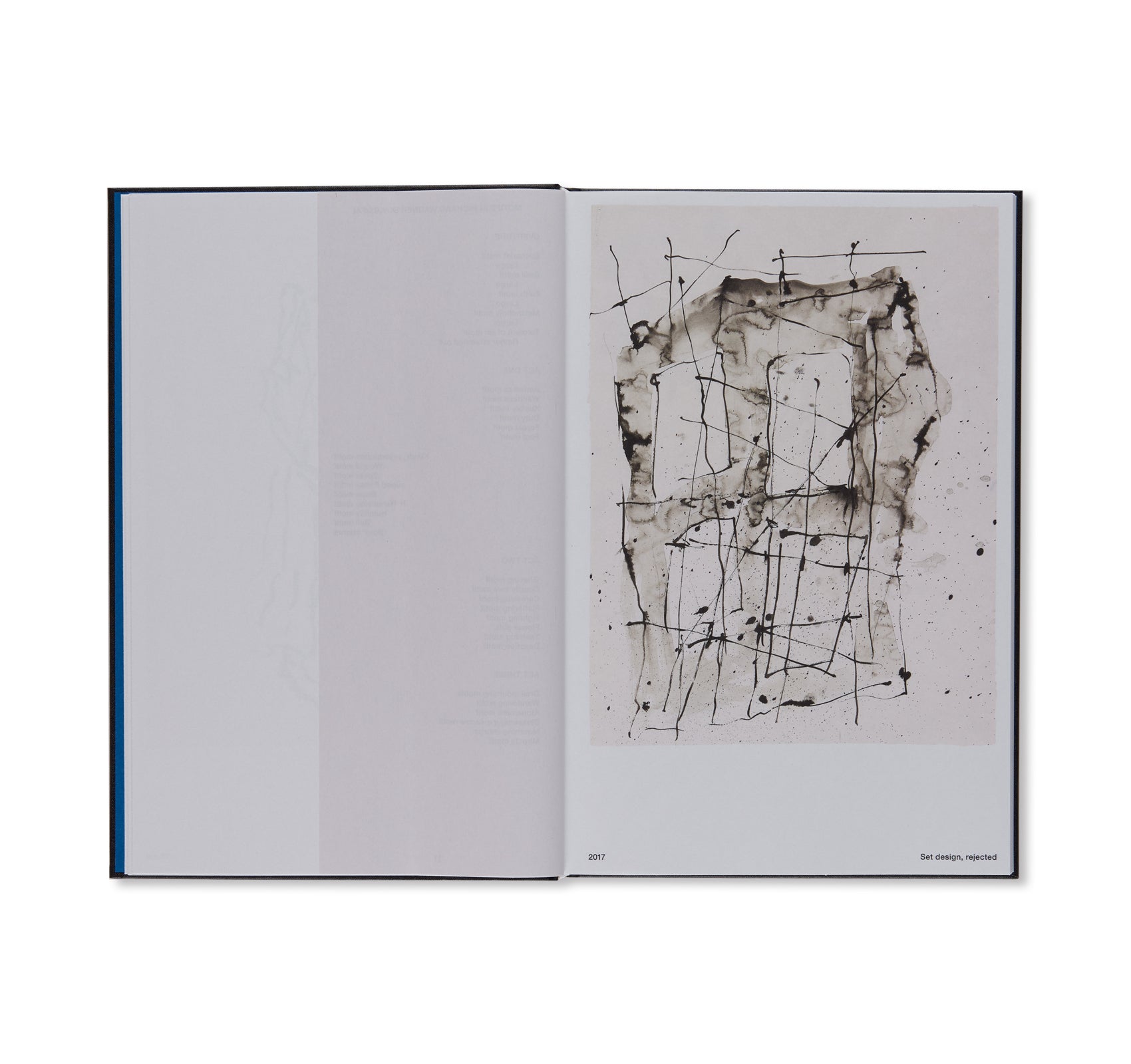

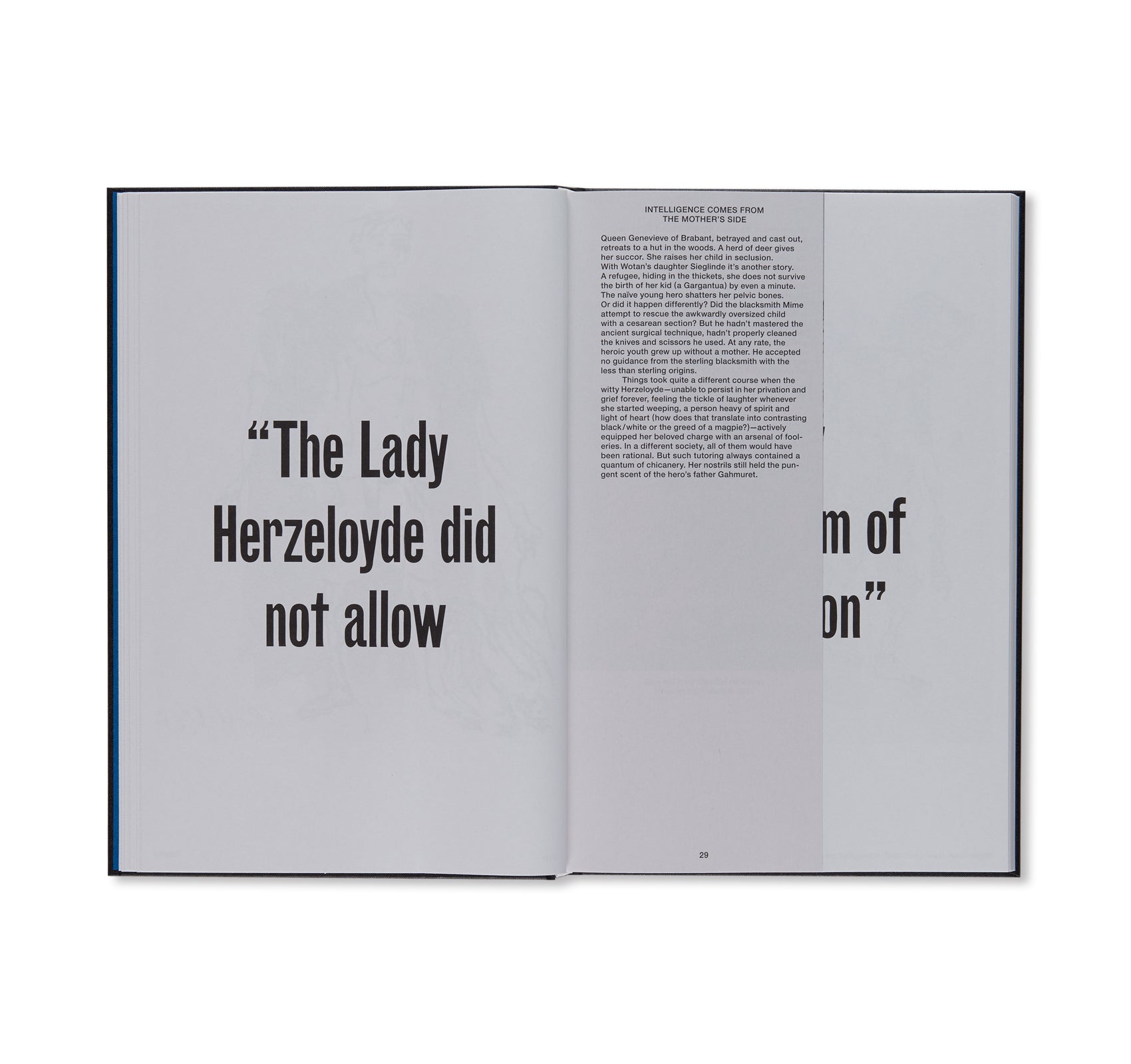

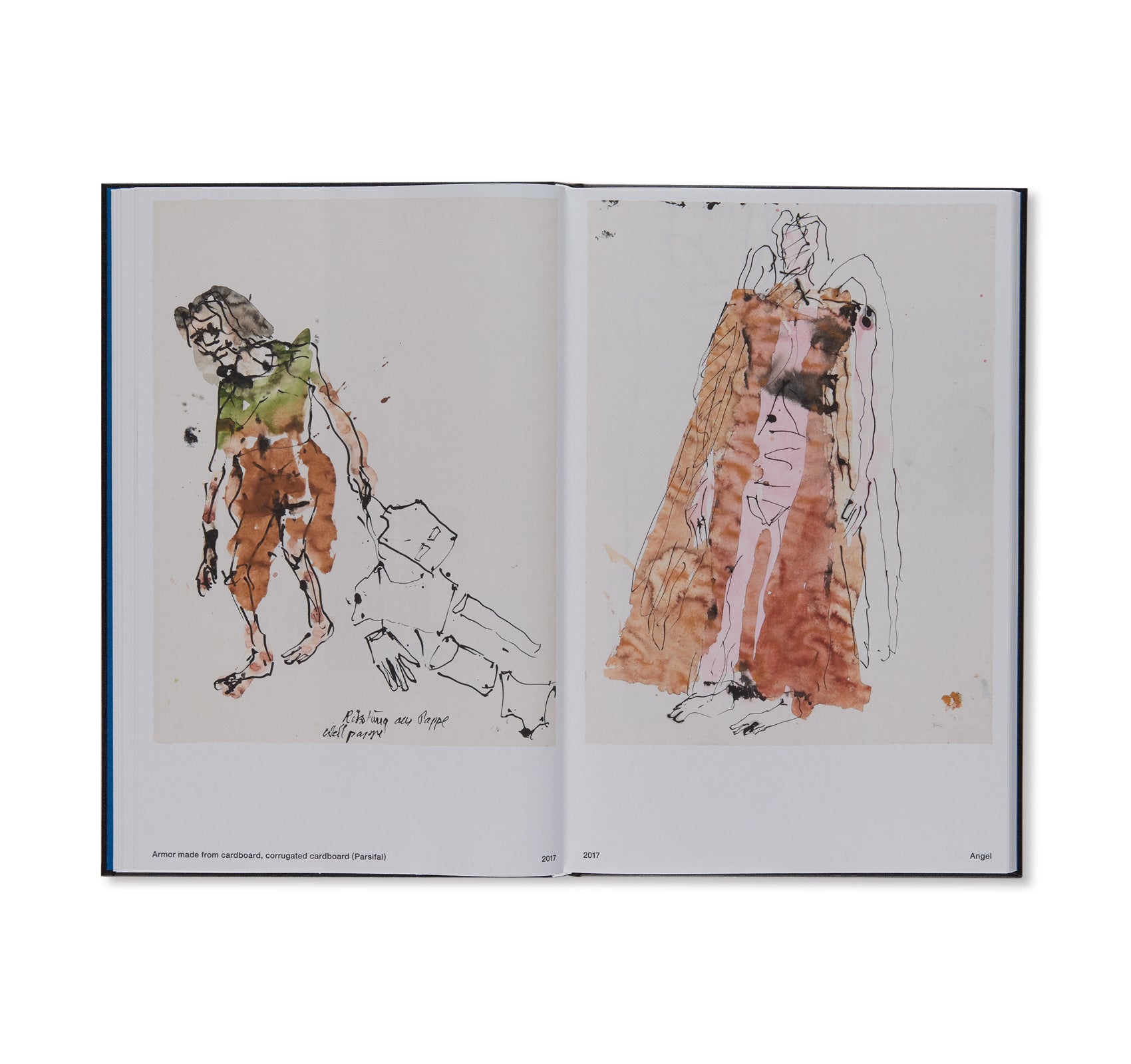





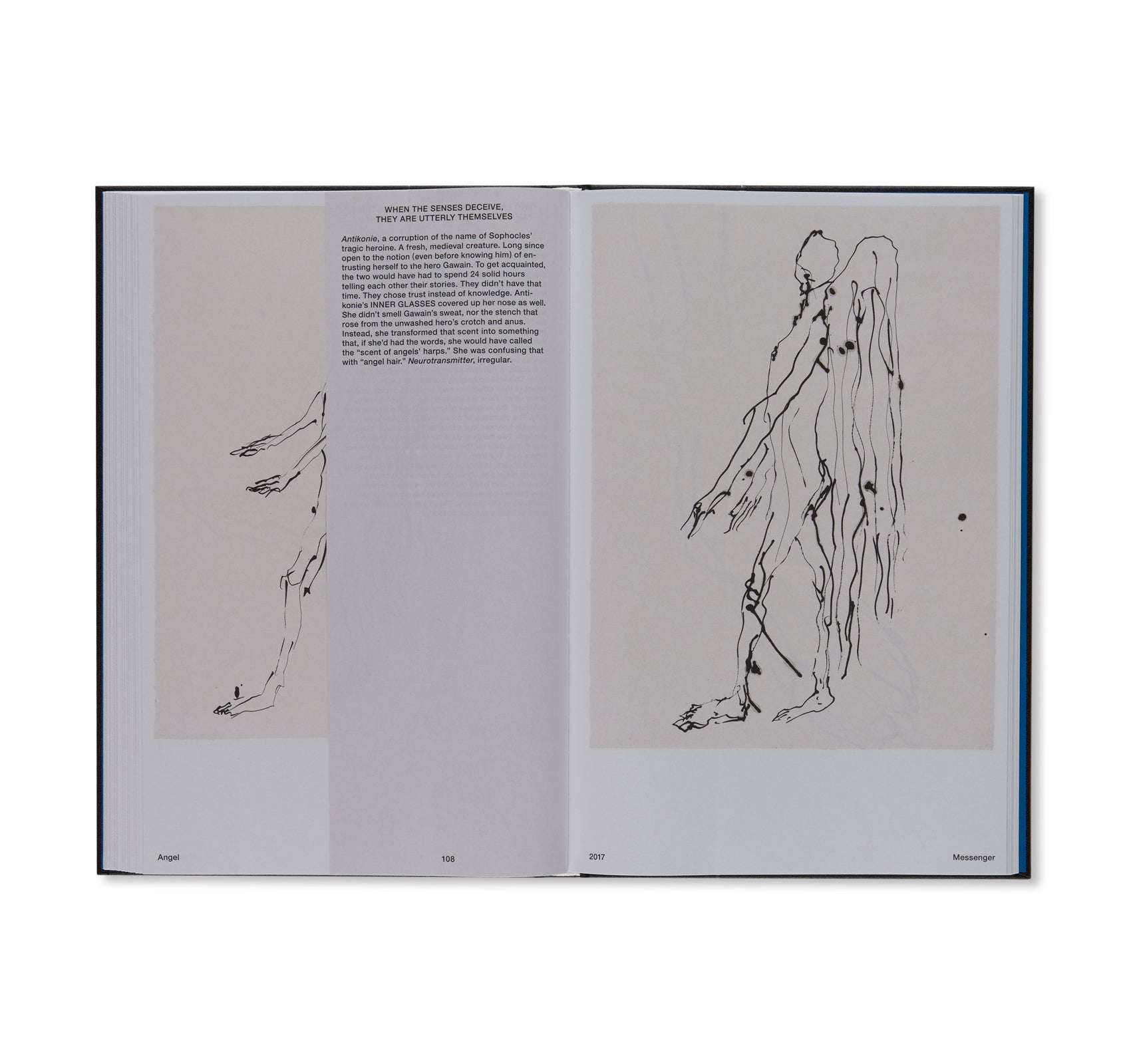

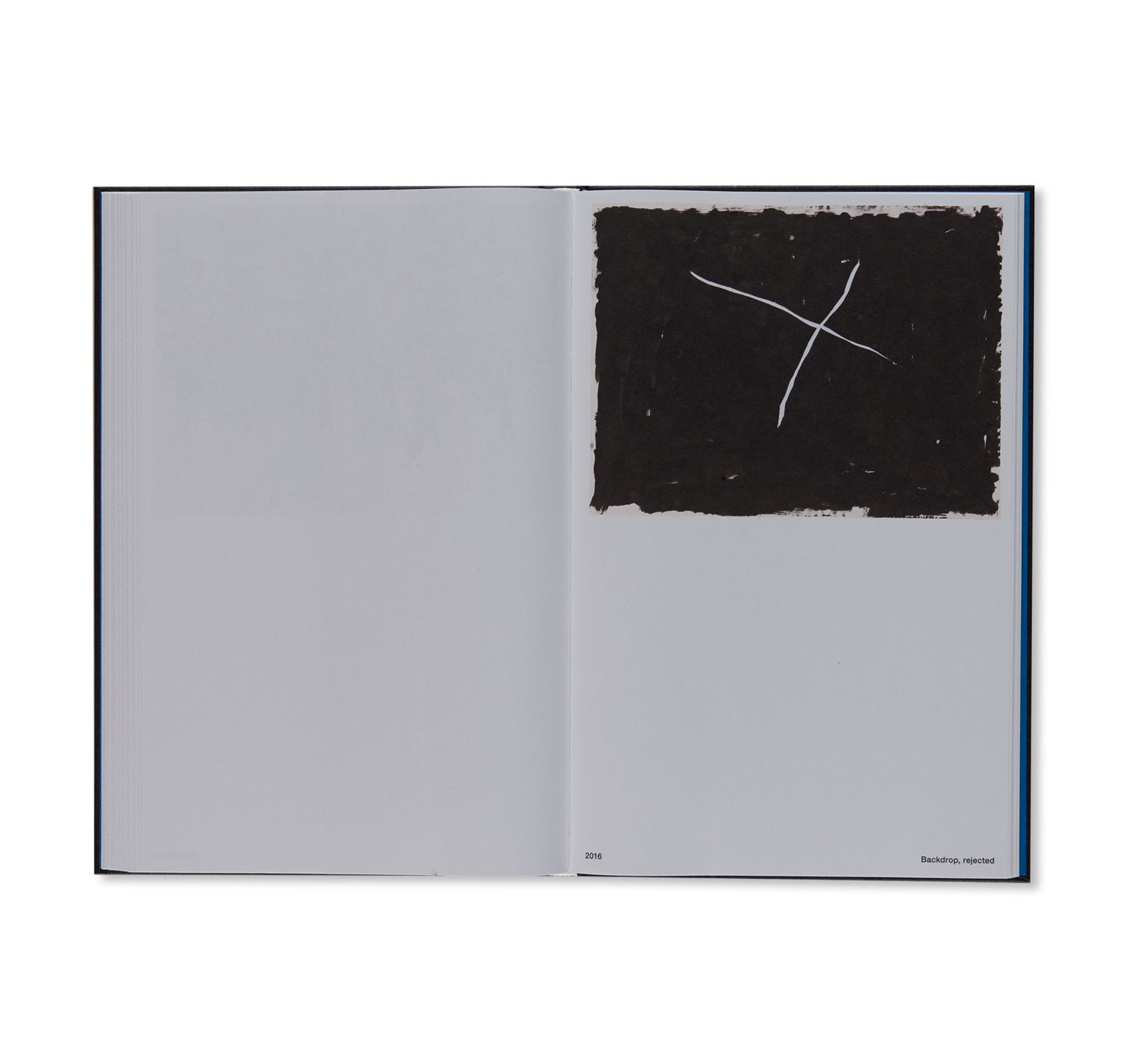





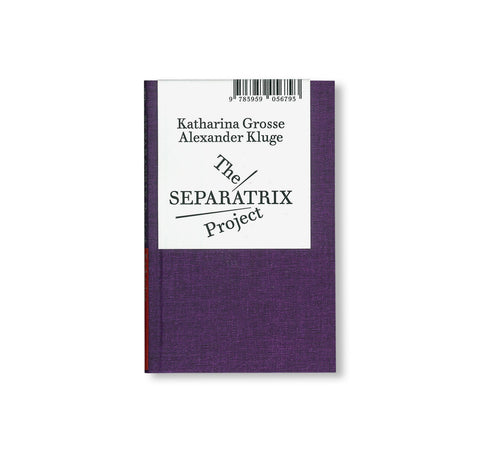
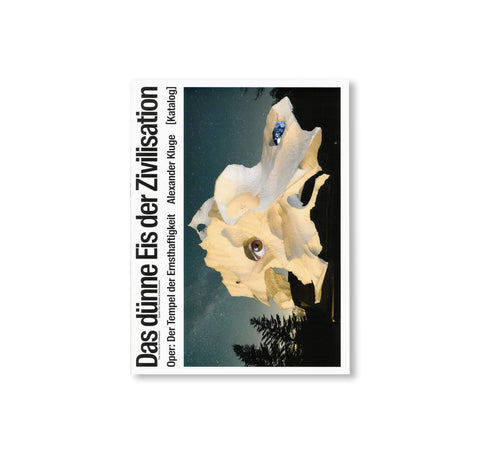
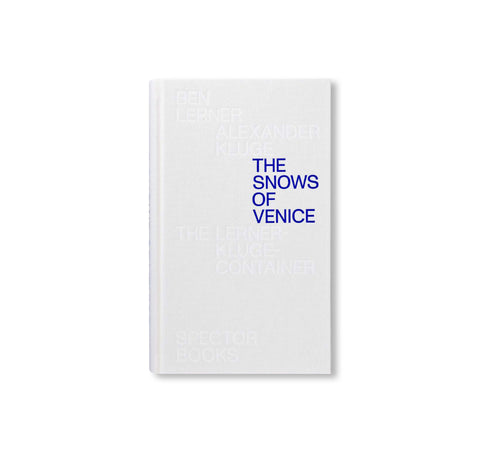
![THE DRAGONFLY’S EYE - MY VIRTUAL CAMERA (AI) by Alexander Kluge [ENGLISH EDITION]](http://twelve-books.com/cdn/shop/files/0_f2b8e46d-e993-4781-be80-5a6d6b2db090_large.png?v=1742536472)
![DER KONJUNKTIV DER BILDER: MEINE VIRTUELLE KAMERA (K.I.) by Alexander Kluge [GERMAN EDITION]](http://twelve-books.com/cdn/shop/files/00_76929899-2a6e-44ee-832a-7dd721ae1d2a_large.jpg?v=1745285325)
